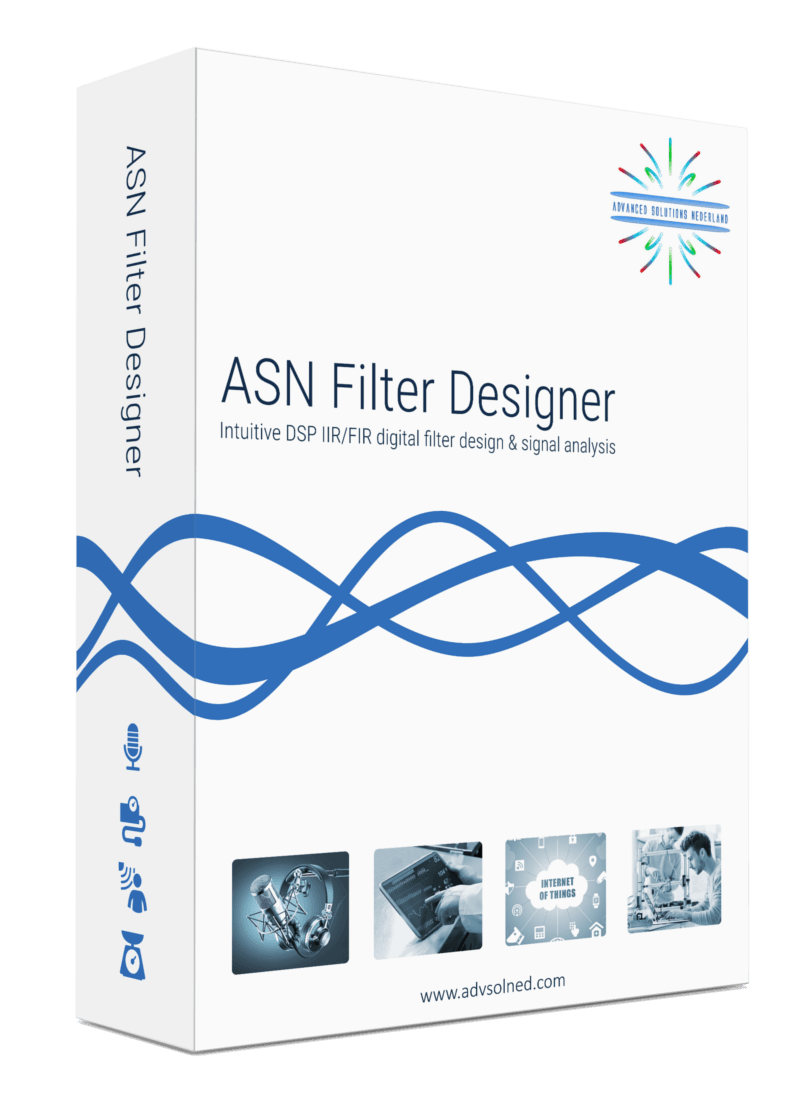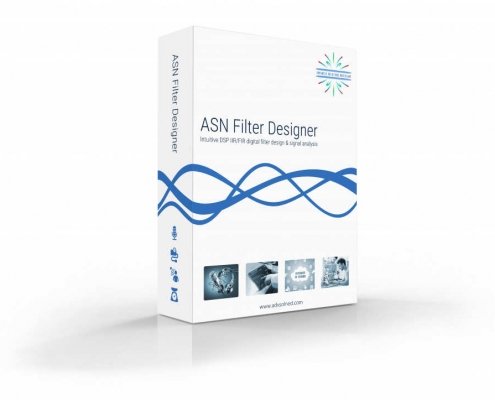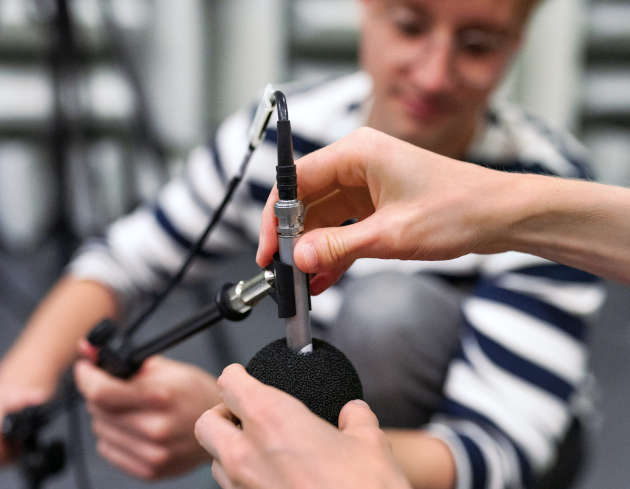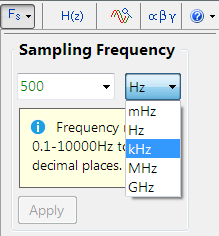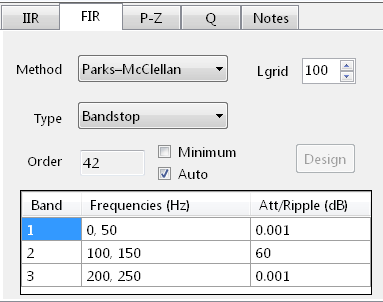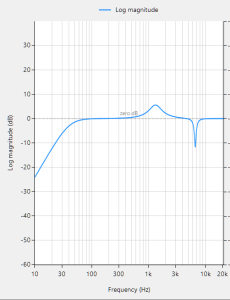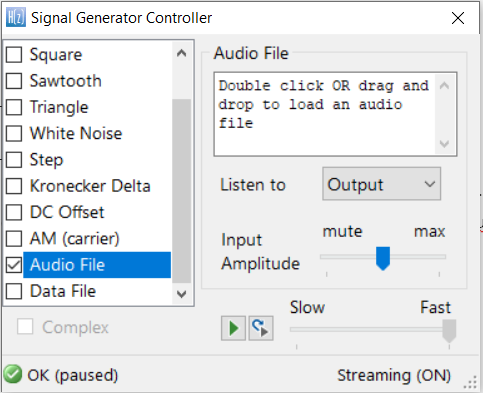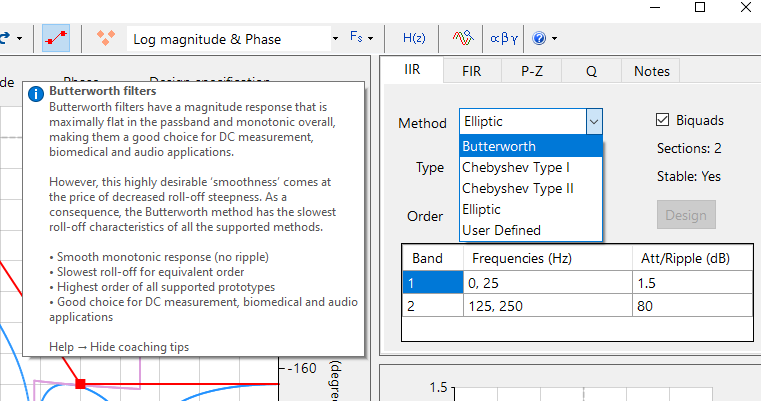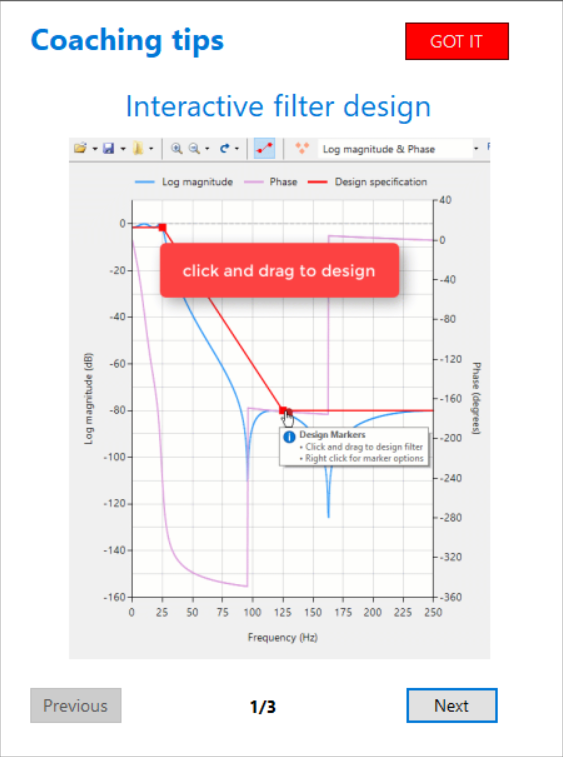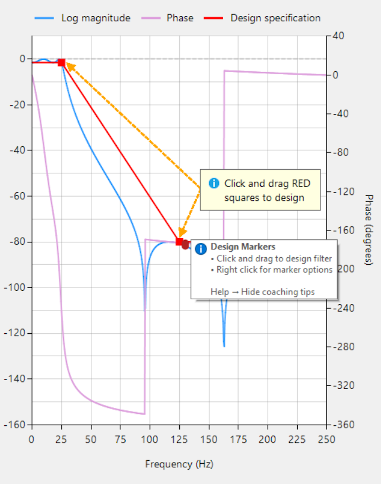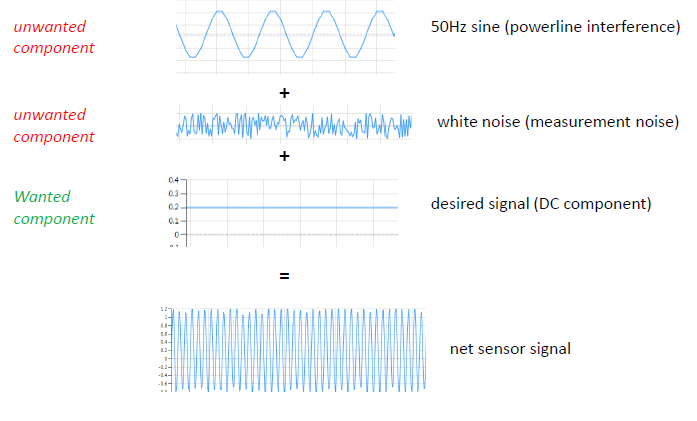Over the decades Microsoft has produced various programming languages (e.g. C#, F#, Visual Basic) and flavours of their .NET paradigm, such as the very popular 4.x .NET Framework.
C# is very popular among Windows developers, as it is based on objected orientated programming concepts together with a few other pearls, such as automatic memory management (something that had to be handled manually in C++), in an attempt to provide many of the advantages of C++ in a much more simplified way.
These pros combined with the .NET Framework’s extensive charting library, UI toolbox, Networking, ML engine libraries and general ease of use in Microsoft Visual Studio was one of the primary reasons that many Windows-based scientific programs (e.g. ASN Filter Designer) were developed using the C# language and .NET Framework.
Over the last few years, Microsoft has tried to consolidate their .NET solution into a single, fast, cross-platform solution with the advent of the .NET Core paradigm. .NET Core is an open-source framework for developing Windows, web applications, services, and mobile applications and it can be run on Windows, Mac and Linux. Microsoft contends that .NET Core is much faster than the .NET Framework since the architecture has been completely rewritten to make it modular, lightweight, fast and cross-platform compatible.
DSP filtering library for C# .NET applications
For many modern scientific applications digital filtering of datasets is just one of the many components needed for an algorithm. This could be extracting ECG and PPG biomedical features, cancelling powerline interference or removing the noise from a dataset. In many cases, it is desirable to perform the filtering in real-time on streaming data as part of an algorithm updating dashboard analytics.
ASN Filter Designer provides .NET developers with an automatic code generator and SDK for developing high-performance data filtering applications in C#.
The tool’s project wizard bundles all of the necessary SDK framework files needed to run a designed filter cascade without the need for any other dependencies or 3rd party plugins. The deployed code is fully compatible with Microsoft Visual Studio and all .NET versions.
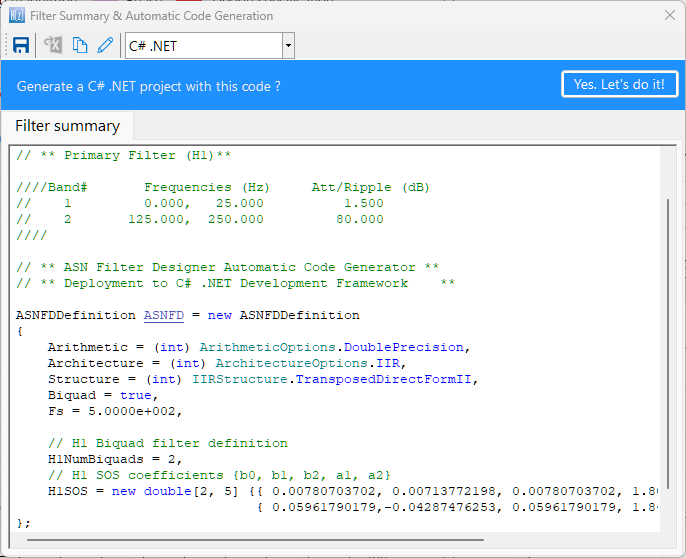
A complete overview of the SDK is available here.

